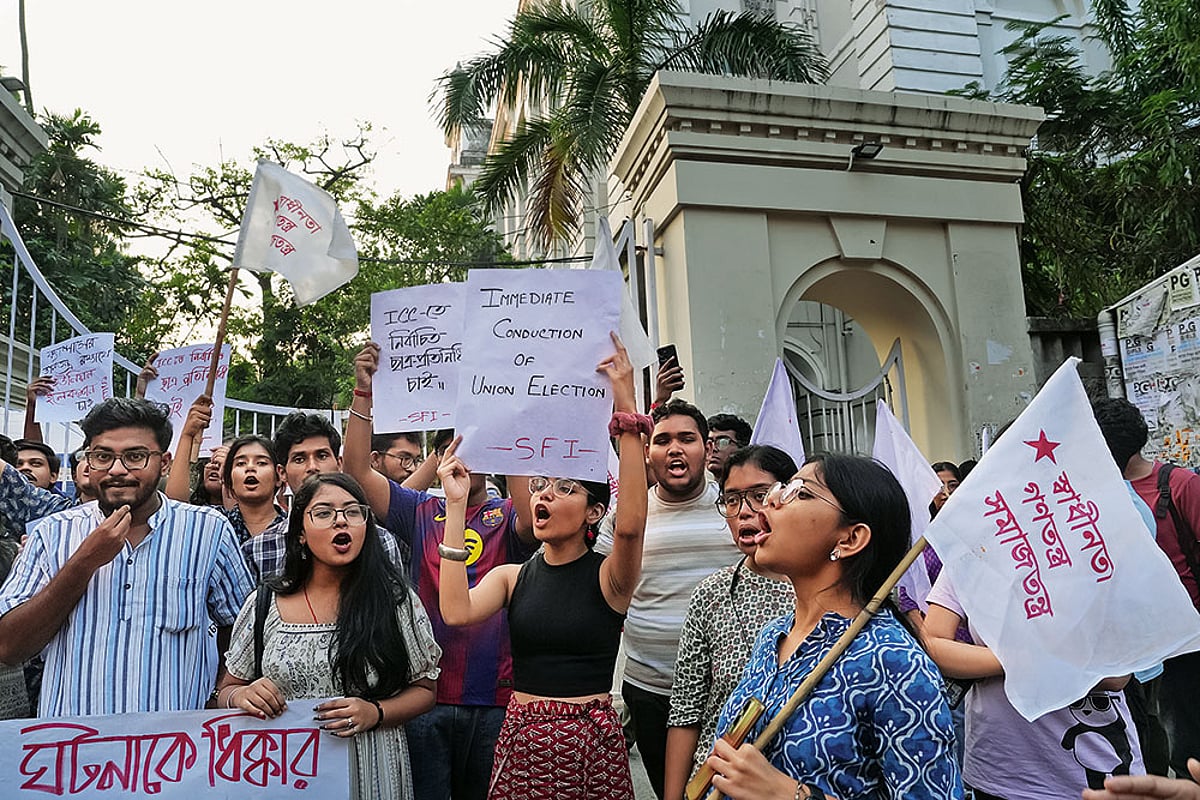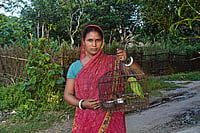Walking through university campuses—especially in politically vibrant institutions—one cannot miss the wall posters, graffiti and slogans that continually appear, fade, and reappear. These visual expressions, created by various student organisations, signify commitment to diverse political ideologies, the pursuit of equality, and the assertion of rights as students and as citizens of the world’s largest democracy. Such visual and spatial politics form one of the most integral aspects of student activism in India.

Historically, the walls of Indian colleges and universities have served as living archives—spaces that reflect the dialogue between the powerful and the powerless, the governing and the governed. They represent a continuous process of negotiation, resistance and expression. In essence, these walls help envision students not as passive learners, but as active political intellectuals, shaping discourse and challenging systems of authority.

Student movements in West Bengal have historically played a significant role in shaping both regional and national politics. From active participation in major national movements like the Non-Cooperation Movement, students have long been catalysts for political and social change. In contemporary times, these movements have evolved to address issues such as university funding, student safety, campus violence, administrative failures, and the decline of campus democracy. A series of high-profile sexual assault cases at or close to college campuses has further intensified public outrage, sparking widespread protests demanding justice and reform.

This essay draws upon the visual culture of Jadavpur and Presidency University, Kolkata, to explore how university students negotiate space, democracy and citizenship through active political participation. These walls stand as both witness and participant in this ongoing dialogue, embodying the complex intersections of politics, art, and activism that define contemporary student movements in West Bengal.

A mural quoting K’naan’s “Wavin’ Flag” carries the image of the Palestinian flag, blending a global anthem of resilience with the local expression of solidarity.
This story appeared as Cholbe Na, Cholbe Na, Outlook’s November 1 issue, which explored how the spirit of questioning, debate, and dissent—the lifeblood of true education—is being stifled in universities across the country, where conformity is prized over curiosity, protests are curtailed, and critical thinking is replaced by rote learning, raising urgent questions about the future of student agency, intellectual freedom, and democratic engagement.






















